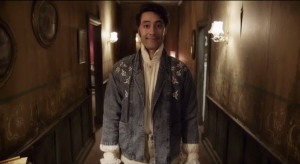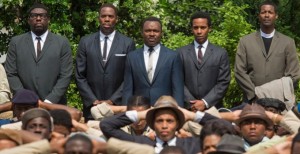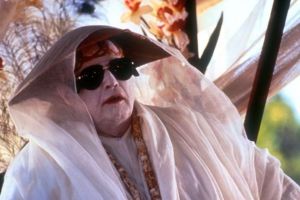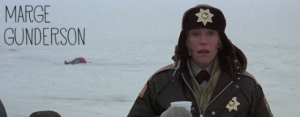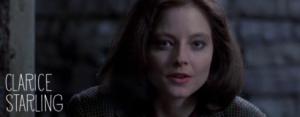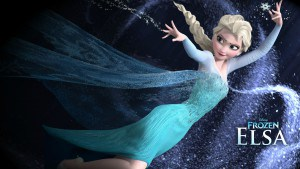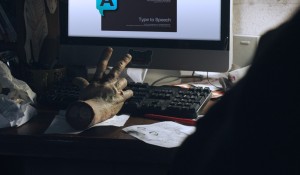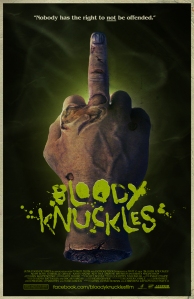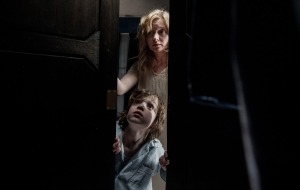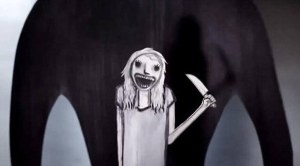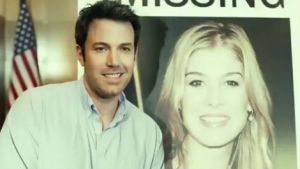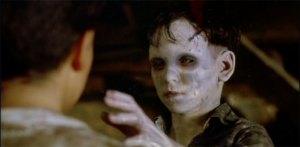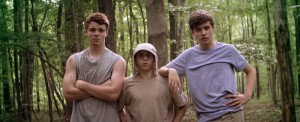Does one need another top ten list? Probably not. Do I feel the need to make one? Obviously. I didn’t see as many new releases as I would have liked, instead focusing on classics and older films that I hadn’t gotten around to seeing – I finally saw Seven Samurai, can I just make that my number one for 2014? But I digress. Here are my favourite films of the year, in a sort-of order.
The Grand Budapest Hotel
Fun fact: I was inspired to write this list as I am currently watching The Grand Budapest Hotel on Netflix. It’s been a while since it’s release, but re-watching it reminded me how much I enjoyed it. A slightly darker, more adult turn for director Wes Anderson, The Grand Budapest Hotel is a meticulously crafted, pink-hued spectacle. It may just be his best.
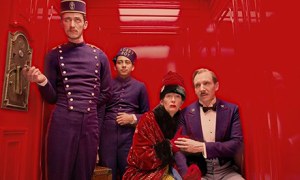
X-Men: Days of Future Past
It had been so long since I was satisfied with a superhero movie that wasn’t Nolan’s Dark Knight trilogy. After Man of Steel left a sour taste, DOFP gave me hope that the genre has not been completely saturated. Led by the acting powerhouses of Ian McKellan and Patrick Stewart, and complimented by young superstars like Jennifer Lawrence, the latest X-Men installation was nearly seamless. It found the perfect balance of excitement and drama, and contained the right amounts of grittiness and humour. It wasn’t trying to be The Avengers and it wasn’t trying to replicate The Dark Knight. DOFP was one of the year’s best-made blockbusters.
Under the Skin
This film truly does get under one’s skin. During my first viewing of it, I was confused, but wholly engrossed and interested. Under the Skin is a marvelously unique film, blending moments of documentary-like footage with nightmarish and frighteningly erotic scenes of entrapment. I’ll admit, I’ve never been the biggest Scarlett Johansson fan, but this film changed my mind. She was seductive and mysterious, and the film itself left me with very real feelings of loneliness, despite its abstract nature.
Interstellar
On paper, Interstellar sounds like another “all-American bro saves the world… again” type of film. Thankfully, Christopher Nolan’s vision transforms it into something much more fascinating. Interstellar impressively maintains its status as a grand, big-budget, space travel blockbuster, yet never loses sight of the micro level. We never feel bored or cheated when we switch back to those still trapped on our dying planet: their stories are just as interesting and well-rounded. Kudos to this film for being a box office success without being an adaptation, sequel, or remake. Interstellar is one of those films that I feel will be regarded as a landmark in both Nolan’s career and of the decade.

Enemy
(note: this film is listed as having a 2013 release on IMDB, but it definitely came to my city much later)
Enemy was polarizing for audiences (most likely due to its ending), but it’s impressive for a director to make a film so uncanny. After receiving widespread acclaim for Prisoners, Denis Villeneuve switched his pace and chose to make Enemy a slowburning mystery that never let us get too comfortable. It’s menacing and transfixing, and is never, ever predictable. It is a wonderfully off-beat entry into the normally pretty plain mystery genre.
Gone Girl
Gillian Flynn’s novel is not a literary marvel, yet it’s film adaptation is refreshingly biting – at the helm is one of my favourite directors, David Fincher. We can never trust Gone Girl thanks to Nick and Amy being unreliable and (to varying extents) manipulative storytellers. Through and through, Gone Girl is a solid film. It possess fantastic performances from its leads, the chilling Rosamund Pike and the smarmy Ben Affleck, and from its supporting actors. Tyler Perry and Neil Patrick Harris are surprisingly impressive, and Carrie Coon and Kim Dickens are fantastic as the film’s moral groundings.
Boyhood
There’s not much more I can say about Boyhood that hasn’t already been said before. This film is at the top of nearly everyone’s best-of list, and it truly deserves to be there for its premise alone. Richard Linklater is a master of telling the stories most of us have already lived. In Boyhood, he is dedicated to showing us the importance of life’s smaller moments. While Boyhood has received some criticism for its whitewashing/genderwashing, these never negate its power or resonance.
Snowpiercer
Again, a lot has been said about Snowpiercer, and it’s either really good or really, really bad. My opinion could have fallen into the second category. When I saw the trailer, I laughed out loud. The last of humanity are circling the globe on a train? Captain America is going to save them? What a stupid movie. I was wrong. Snowpiercer is director Bong Joon-ho’s first English film, and an impressive one at that. It’s visually stunning – from the bleak, grey back end of the train, to the Rococo-esque middle sections, all the way to the sleek, modern front car. Hyperviolent and darkly humourous, it was one of the most exciting films of 2014.

Birdman
Frenzied, offbeat, and witty – Birdman was one of this year’s most unique films. Its long shots and whip-smart dialogue are mesmerizing, and the A-list cast bounces off of each other with addictive energy. Set to a constant uptempo jazz score, Birdman sink its claws into you and never lets up. It’s unpredictability is its best feature. The camera is always turning to reveal something new, racing along at deliciously diabolical pace.
The Babadook
Remember when I said this list was kind of in order? I chose to talk about The Babadook last because it was such a welcome addition into the horror genre. There was a lot, A LOT of terrible horror movies this year, as there has been for the last several years. The Babadook was refreshing in that it was able to be interesting and legitimately terrifying without gore, jump scares, or shock value. Essie Davis is brilliant as a mother struggling with her own mental state while attempting to hold the fragile remains of her family together. It’s characterizations are well-rounded and deep; we grow to care about and know these people, making their danger all the more unsettling. If you haven’t seen this one yet, ignore those comments like:
“OMG U GUYS THIS MOVIE WUSNT EVEN SCAREY. U DONT EVEN SEE THE MONSTUR WTF. SO LAME. 0/10.”
The Babadook is one of those rare films that can be enjoyed for what it is on the surface level, but can also be examined more closely, as you pick apart the layers and uncover more. Also, it’s nice to see a film so well-received in the notoriously misogynistic horror genre that was written by, directed by, and stars, a woman.

